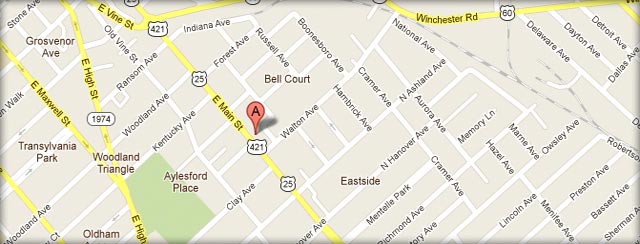- ATV accidents
- Brain Injuries
- Bus Accident
- Car Accidents
- Construction Accident
- Distracted Driving
- Drugged Driving Accident
- DUI
- Firm News
- Mass Tort
- Medical Malpractice
- Motorcycle Accidents
- Pedestrian Accidents
- Personal Injury
- Product Liability
- Safety
- Social Security Disability
- Truck Accidents
- Vehicle Accidents
- Workers Compensation
- Workplace Injuries

At some point, many families must confront the sensitive question of when their aging relatives should give up their keys and stop driving. According to the National Highway Traffic Safety Administration, it’s a question that Americans will increasingly have to find an answer for in the coming years. The number of older people involved in fatal car accidents is on the rise.
In a recent study, the NHTSA found that the 43.1 million adults over 65 in 2012 represented 17 percent of all traffic fatalities in America and nine percent of all people injured in wrecks. Now that Baby Boomers have begun to reach retirement age, the number of older drivers will continue to rise in the U.S. for the next few decades. There is no way to predict whether that will mean more accidents specifically related to old age. In fact,data from the Centers for Disease Control and Prevention suggest that older adults are more susceptible to more serious injuries in wrecks, but not necessarily more likely to be in more crashes.
NHTSA concurs that older people are more likely to sustain more severe injuries than their younger counterparts in the same type of crash. The findings show that a 50-year-old woman has a 10 percent chance of sustaining serious injuries in accidents that happen at speeds over 31 miles per hour, whereas an 80-year-old woman is 40 percent more likely to suffer severe trauma. If nothing else, families need to consider the physical condition of an older adult – particularly when it comes to eyesight and movement – as they assess whether it is time for their loved one to stop driving.
NHTSA has identified the top five situations that older drivers are typically in when they are involved a crash:
- Making a left turn at an intersection with a stop sign.
- Failing to yield at a left turn when the light is green but does not have a dedicated green arrow
- Turning right at a yield sign to merge with traffic at speeds of 45 to 50 miles per hour
- Merging onto a highway with a ramp that has a yield sign
- Changing lanes on a highway with four or more lanes
Older individuals have a duty to assess their own driving capabilities by evaluating themselves honestly in terms of:
- Vision
- Physical fitness
- Judgment
They also can plan their trips to accommodate for possible trouble spots, such as:
- Driving during daylight
- Driving when there is light traffic
- Wearing a seat belt
Besides their personal safety and the well-being of others, it cannot be ignored that older people who are involved in automobile accidents are just as likely to face lawsuits for negligence as anyone else. If they have stopped working, they may be living on a limited budget and cannot afford to lose money awarded to another party as civil or punitive damages.
Although having a discussion may be uncomfortable, one approach would be to talk with a senior about driving safely before you have concerns about his or her abilities. Ask them what their wishes would be when the time comes to stop driving. They may say that they will trust your judgment. For those who are less willing to cooperate, perhaps you can come to an agreement to follow a doctor’s recommendation, which would be more impartial yet come from a trusted authority.
For more advice, consider taking the AARP seminar called “We Need To Talk,” a program designed by The Hartford and MITAgeLab.

